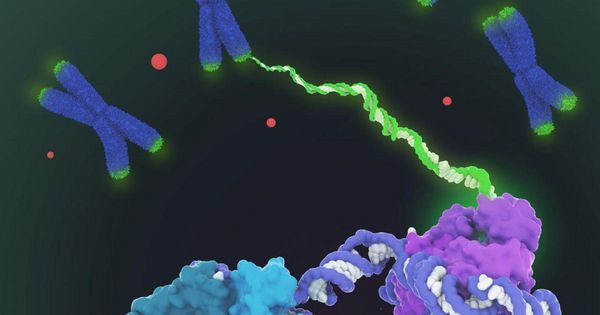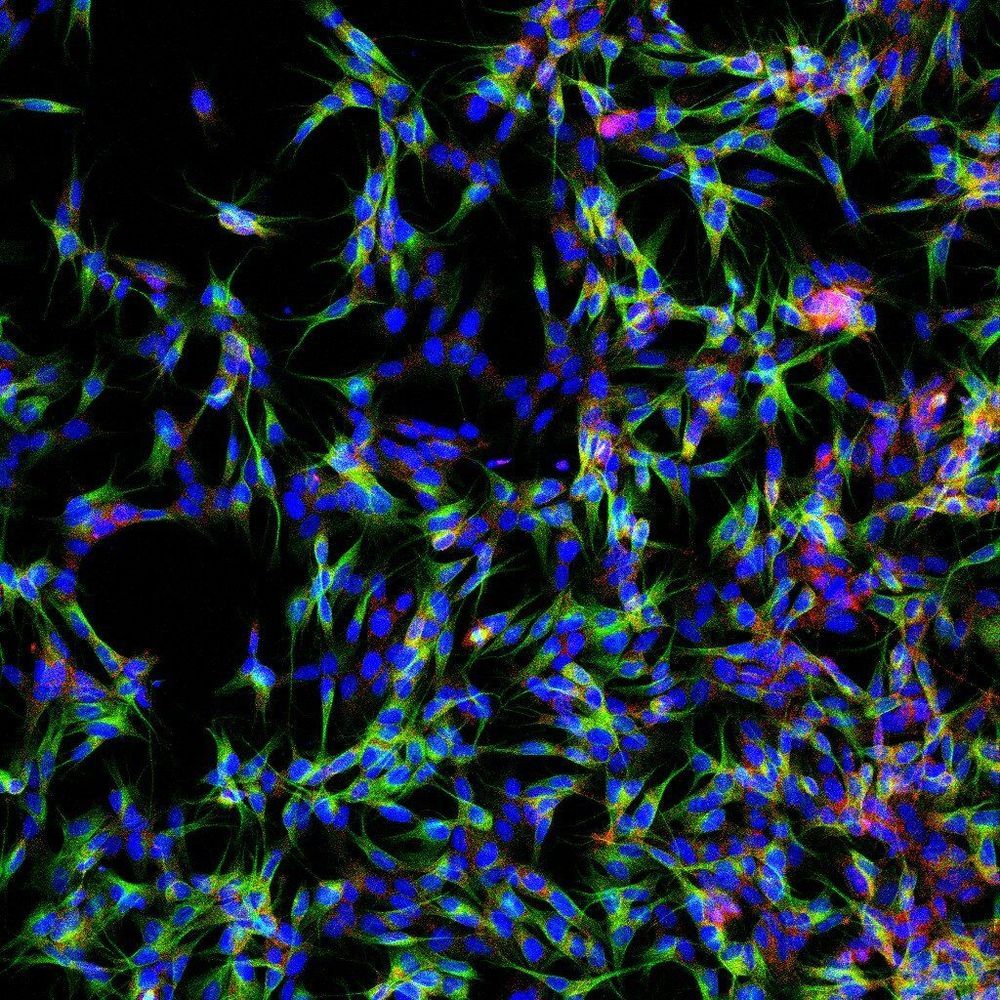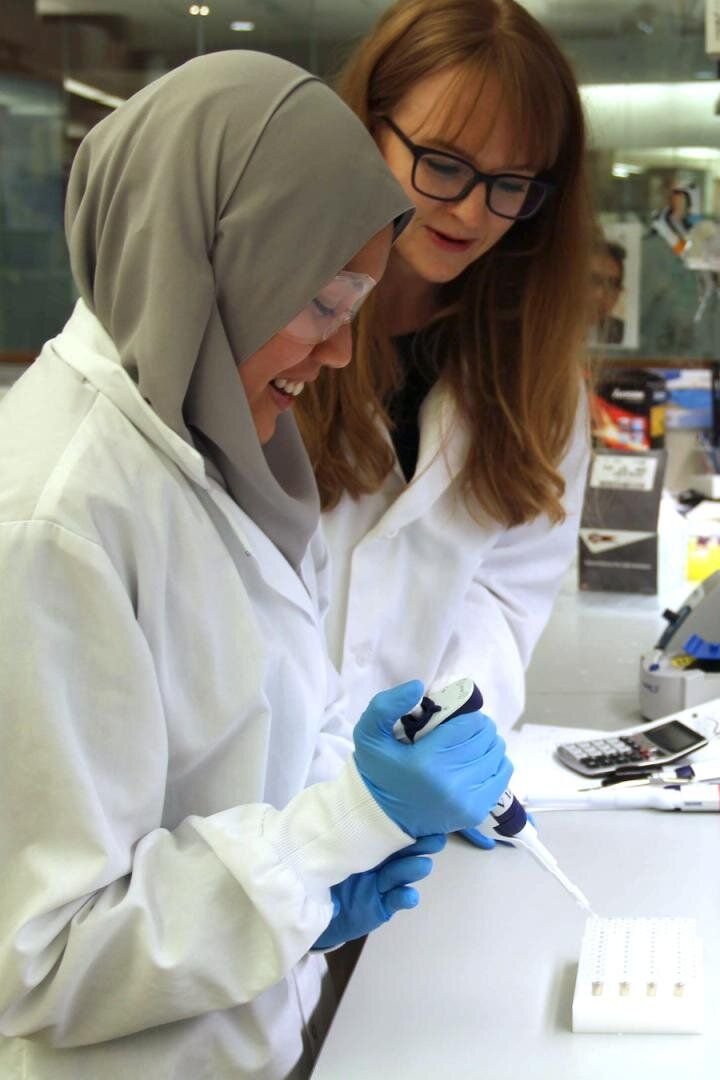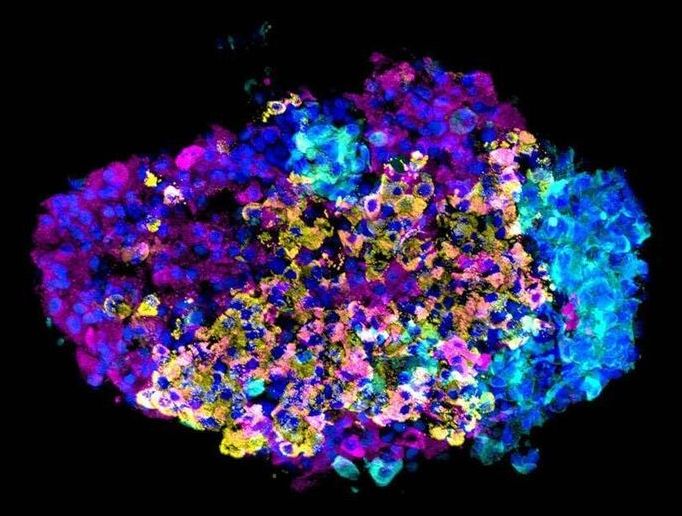We now have the most detailed images ever of the enzyme telomerase. What does this mean for ageing and cancer?




Researchers have developed a method that could drastically accelerate the search for new drugs to treat mental health disorders such as schizophrenia.
Mental health disorders are the leading cause of disability worldwide, accounting for 31% of total years lived with disability. While our understanding of the biology behind these disorders has increased, no new neuropsychiatric drugs with improved treatment effects have been developed in the last few decades, and most existing treatments were found through luck.
This is mainly because doctors can’t take brain tissue samples from patients in the same way that they are able to do a biopsy on a cancer tumour elsewhere in the body for example, so it’s difficult for researchers to understand exactly what to target when designing new neuropsychiatric drugs.

Induced pluripotent stem (iPS) cells are among the most important tools in modern biomedical research, leading to new and promising possibilities in precision medicine. To create them requires transforming a cell of one type, such as skin, into something of a blank slate, so it has the potential to become virtually any other kind of cell in the body, useful for regenerative therapies for everything from heart disease to diabetes.
However, current methods to induce pluripotency are inefficient: In a batch of 100 cells slated for reprogramming, only five or so complete the transition. A new study published today in Cell Reports by a team of researchers at the University of Wisconsin-Madison’s Wisconsin Institute for Discovery (WID) and School of Medicine and Public Health could improve that efficiency.
It describes combined laboratory and computational methods that lead to better completion of pluripotency, a faster process, and improved understanding of how cells become reprogrammed from one cell type to another, for instance, transforming a skin cell to a cardiac cell. And it includes some surprises, the authors say.

A newly-discovered gene gives infectious bacteria the ability to survive even the strongest antibiotics.
Cornell University biologists found the bacterial gene mcr-9, which when activated makes bacteria resistant to an “antibiotic of last resort” called colistin, according to research published in the journal mBio on Tuesday. If bacteria with the gene were to spread, doctors could find themselves facing a dangerous and perhaps untreatable superbug.

A team of researchers led by Harvard University scientists has improved the laboratory process of converting stem cells into insulin-producing beta cells, using biological and physical separation methods to enrich the proportion of beta cells in a sample. Their findings, published in the journal Nature, may be used to improve beta cell transplants for patients with type 1 diabetes.
In 2014, Douglas Melton’s lab showed for the first time that stem cells could be converted to functional beta cells, taking a step toward giving patients their own source of insulin. In that initial process, beta cells made up 30 percent of the final cell mixture.
“To improve from 30 percent, we needed to really understand the other 70 percent of the resulting cells,” said Adrian Veres, a graduate student in the Melton lab and lead author of the current study. “Until recently, we couldn’t take a sample of our cells and ask what cell types were in there. Now, with the revolution in single-cell sequencing, we can go from nothing to the full list.”


Researchers from King’s College London have found that therapy that can induce heart cells to regenerate after a heart attack.
Myocardial infarction, more commonly known as a heart attack, caused by the sudden blocking of one of the cardiac coronary arteries, is the main cause of heart failure, a condition that now affects over 23 million population in the world, according to the World Health Organisation.
At present, when a patient survives a heart attack, they are left with permanent structural damage to their heart through the formation of a scar, which can lead to heart failure in the future. In contrast to fish and salamander, which can regenerate the heart throughout life.

In a series of recently published studies using animals and people, Johns Hopkins Medicine researchers say they have further characterized a set of chemical imbalances in the brains of people with schizophrenia related to the chemical glutamate. And they figured out how to tweak the level using a compound derived from broccoli sprouts.
They say the results advance the hope that supplementing with broccoli sprout extract, which contains high levels of the chemical sulforaphane, may someday provide a way to lower the doses of traditional antipsychotic medicines needed to manage schizophrenia symptoms, thus reducing unwanted side effects of the medicines.
“It’s possible that future studies could show sulforaphane to be a safe supplement to give people at risk of developing schizophrenia as a way to prevent, delay or blunt the onset of symptoms,” adds Akira Sawa, M.D., Ph.D., professor of psychiatry and behavioral sciences at the Johns Hopkins University School of Medicine and director of the Johns Hopkins Schizophrenia Center.

Patient Number One is a thin man, with a scabby face and bouncy knees. His head, shaved in preparation for surgery, is wrapped in a clean, white cloth.
Years of drug use cost him his wife, his money and his self-respect, before landing him in this drab yellow room at a Shanghai hospital, facing the surgeon who in 72 hours will drill two small holes in his skull and feed electrodes deep into his brain.
The hope is that technology will extinguish his addiction, quite literally, with the flip of a switch.